Elevate the
Brand
Are relevant to the
Market
Create Emotional
Connection
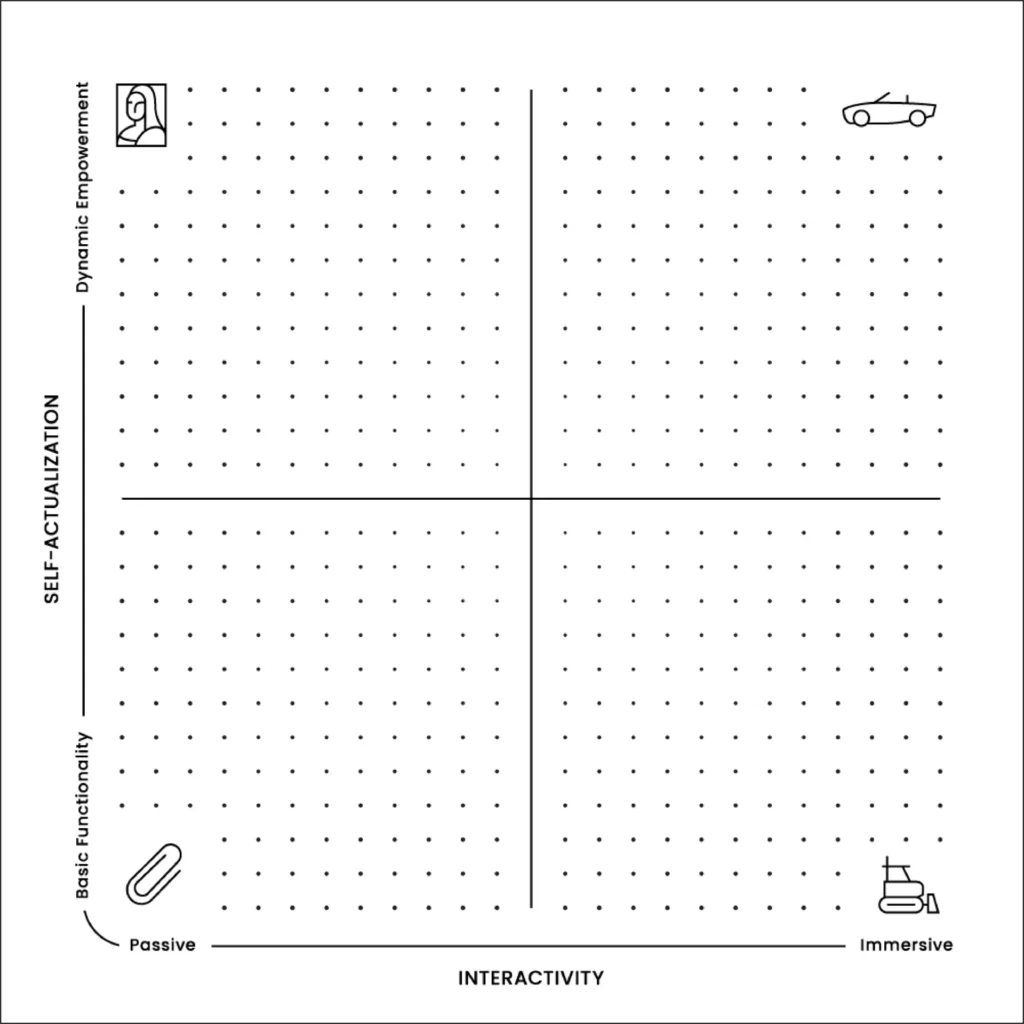
The P/A Map
P/A maps are a scalable design-strategy framework. They are a center point to Psycho-Aesthetics®, providing a consistent lens to see the world through.
By adopting P/A maps, we as designers develop relevance and understanding of how people see the world, resulting in our ability to empathize with them and their perceptions. Additionally, we find that using P/A maps triggers recall at a higher level than occurs otherwise. Viewing visuals triggers recall of process and insights that allow communication with higher levels of depth, clarity, and conviction.
The maps become a new shared language between us and our stakeholders. It is used to map personas, brands, and offerings against the consumer’s Hierarchy of Needs, Desires, and Aspirations on one hand and levels of interactivity on the other. Once these entities are mapped, opportunity zones (White Space / Blue Ocean) can be identified, and design directions can be designed and communicated.
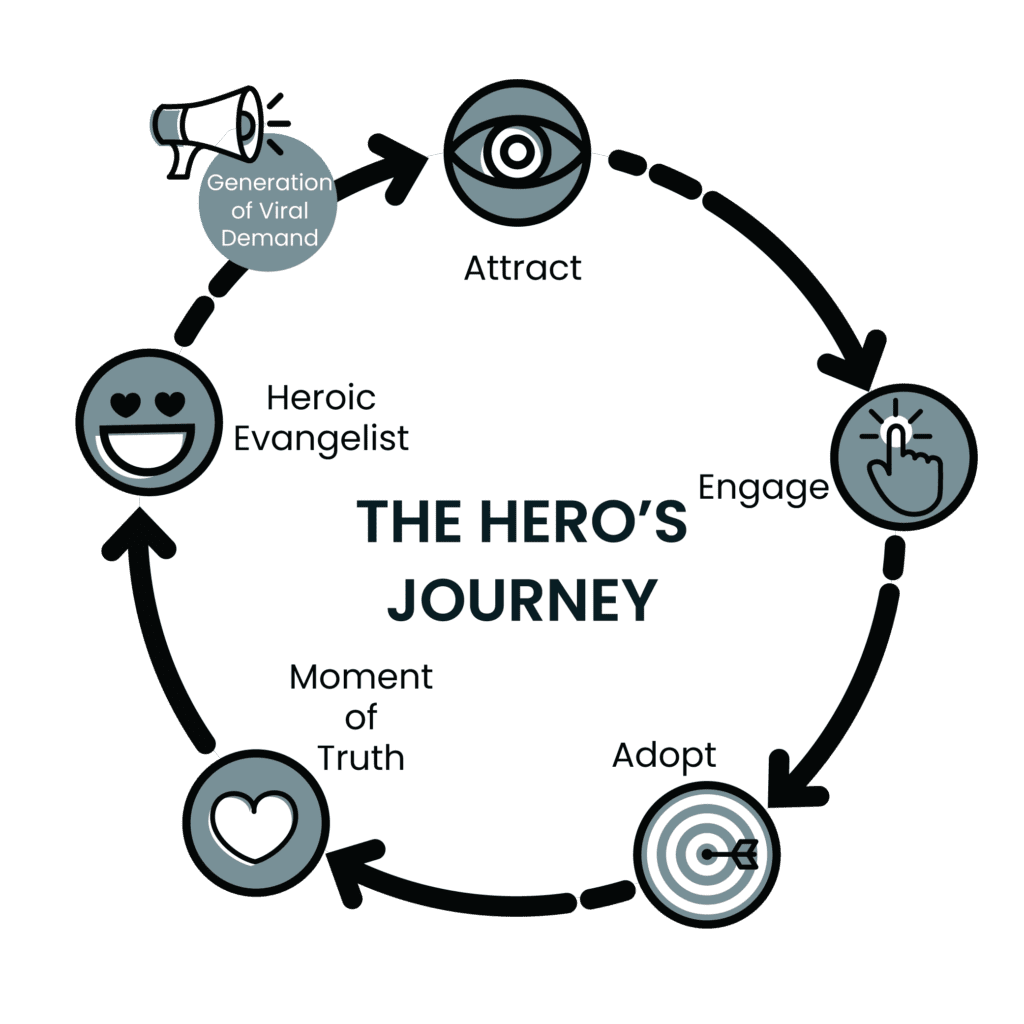
The Hero’s Journey
The path to empowering consumers depends on you and your ability to guide them past hesitation and doubt and into a rich, inviting series of experiences that leave them feeling good about themselves. To achieve this, Psycho-Aesthetics® employs our interpretation of the Hero’s Journey by Joseph Campbell.

The path to empowering consumers depends on you and your ability to guide them past hesitation and doubt and into a rich, inviting series of experiences that leave them feeling good about themselves. To achieve this, Psycho-Aesthetics® employs our interpretation of the Hero’s Journey by Joseph Campbell.
The Hero’s Journey is used to frame the process by which consumers bond with the products and experiences they seek out in the marketplace.

P/A maps are a scalable design-strategy framework. They are a center point to Psycho-Aesthetics®, providing a consistent lens to see the world through.
By adopting P/A maps, we as designers develop relevance and understanding of how people see the world, resulting in our ability to empathize with them and their perceptions. Additionally, we find that using P/A maps triggers recall at a higher level than occurs otherwise. Viewing visuals triggers recall of process and insights that allow communication with higher levels of depth, clarity, and conviction.
The maps become a new shared language between us and our stakeholders. It is used to map personas, brands, and offerings against the consumer’s Hierarchy of Needs, Desires, and Aspirations on one hand and levels of interactivity on the other. Once these entities are mapped, opportunity zones (White Space / Blue Ocean) can be identified, and design directions can be designed and communicated.
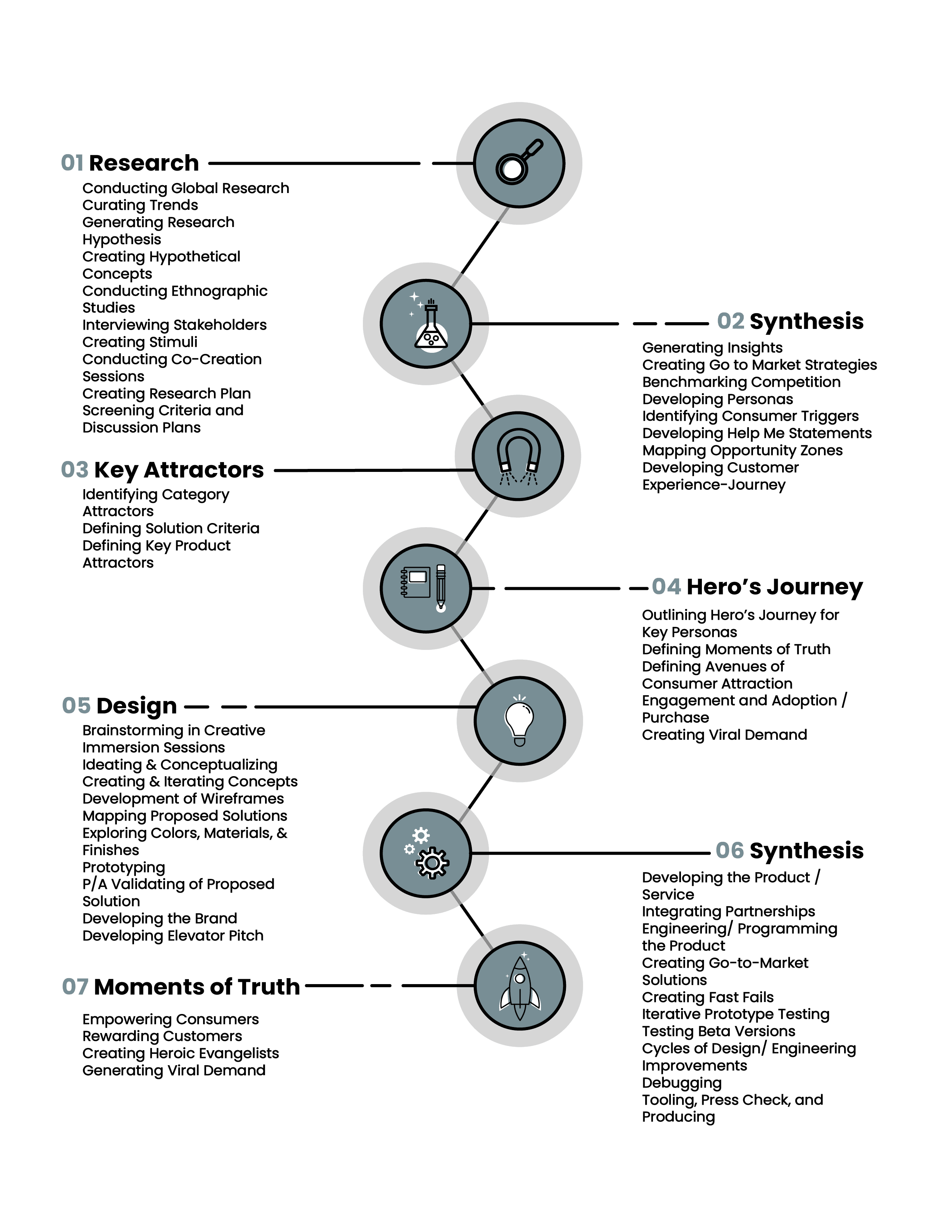
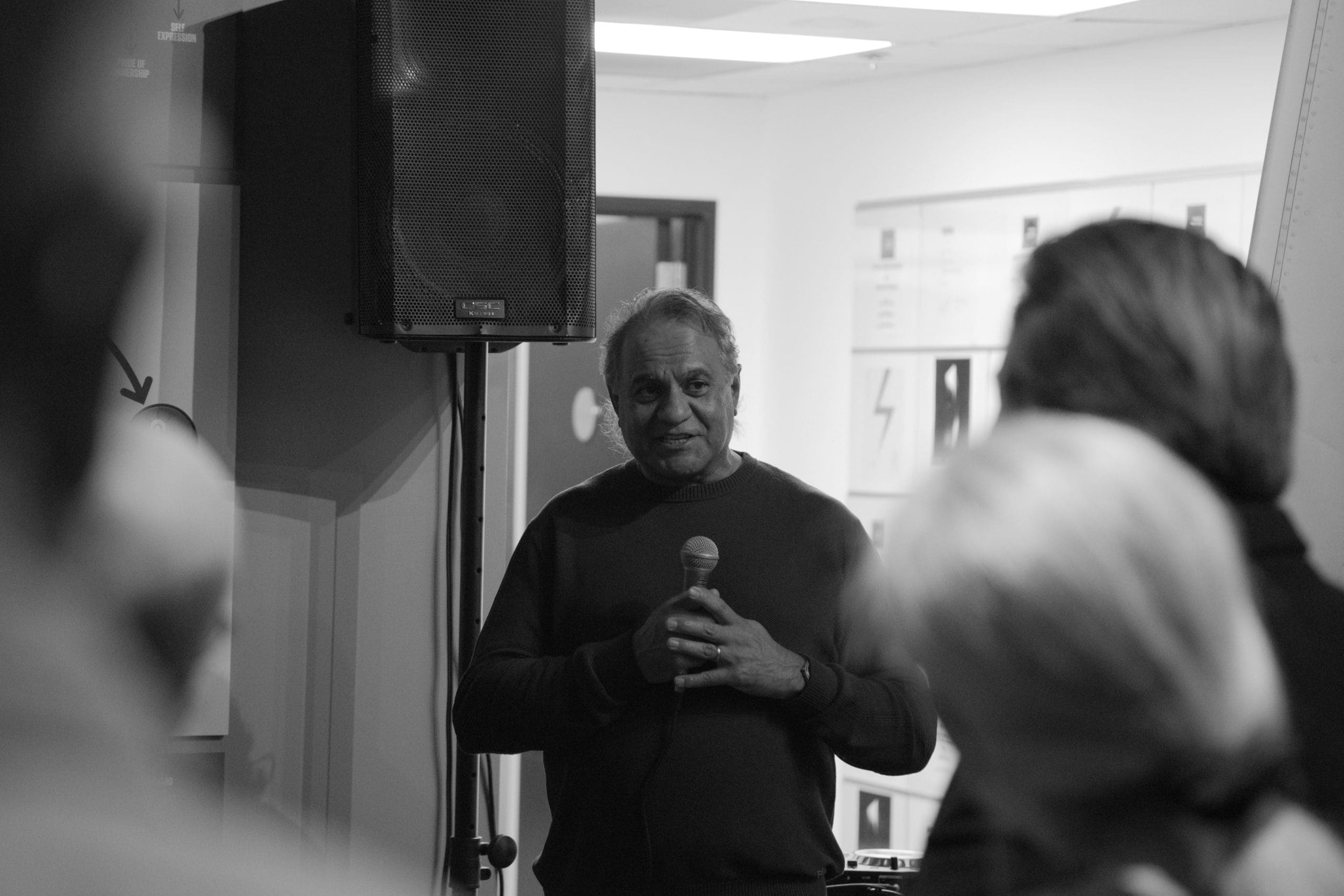
People were not yet familiar with computers
People related to CRT screens as TVs and thereby knew only never to put their finger prints on the screen
They knew to stand back far enough to avoid radiation. A button on the screen saying “touch to start” was met with great resistance, in part due to the presentation of the technology
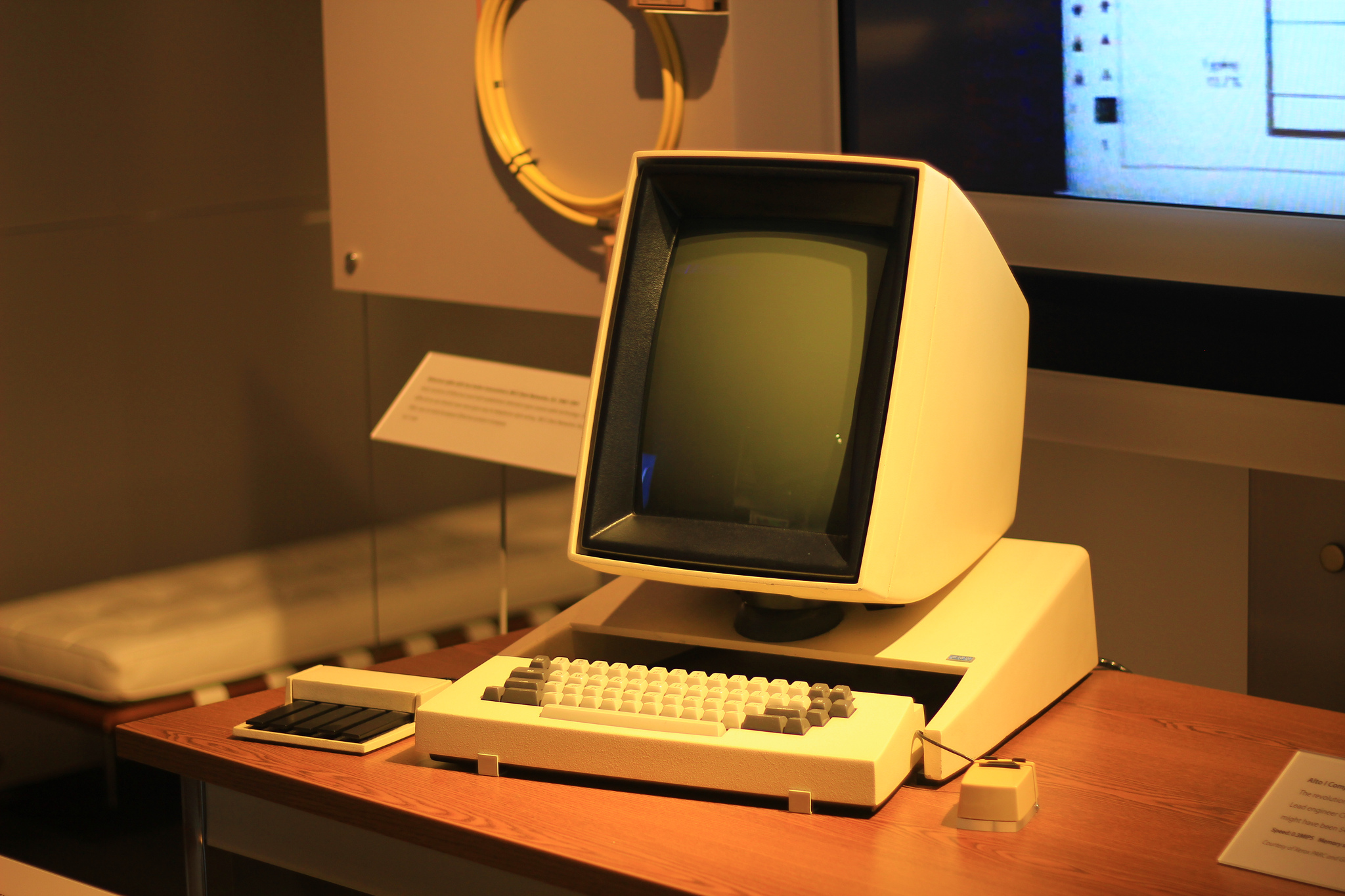
Strategy
Welcome to a world of design and innovation
If this is not the case, then click the button below to start it